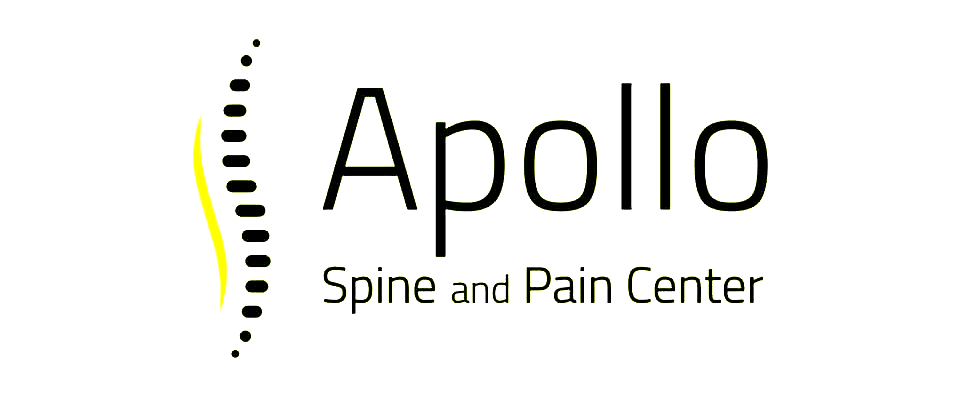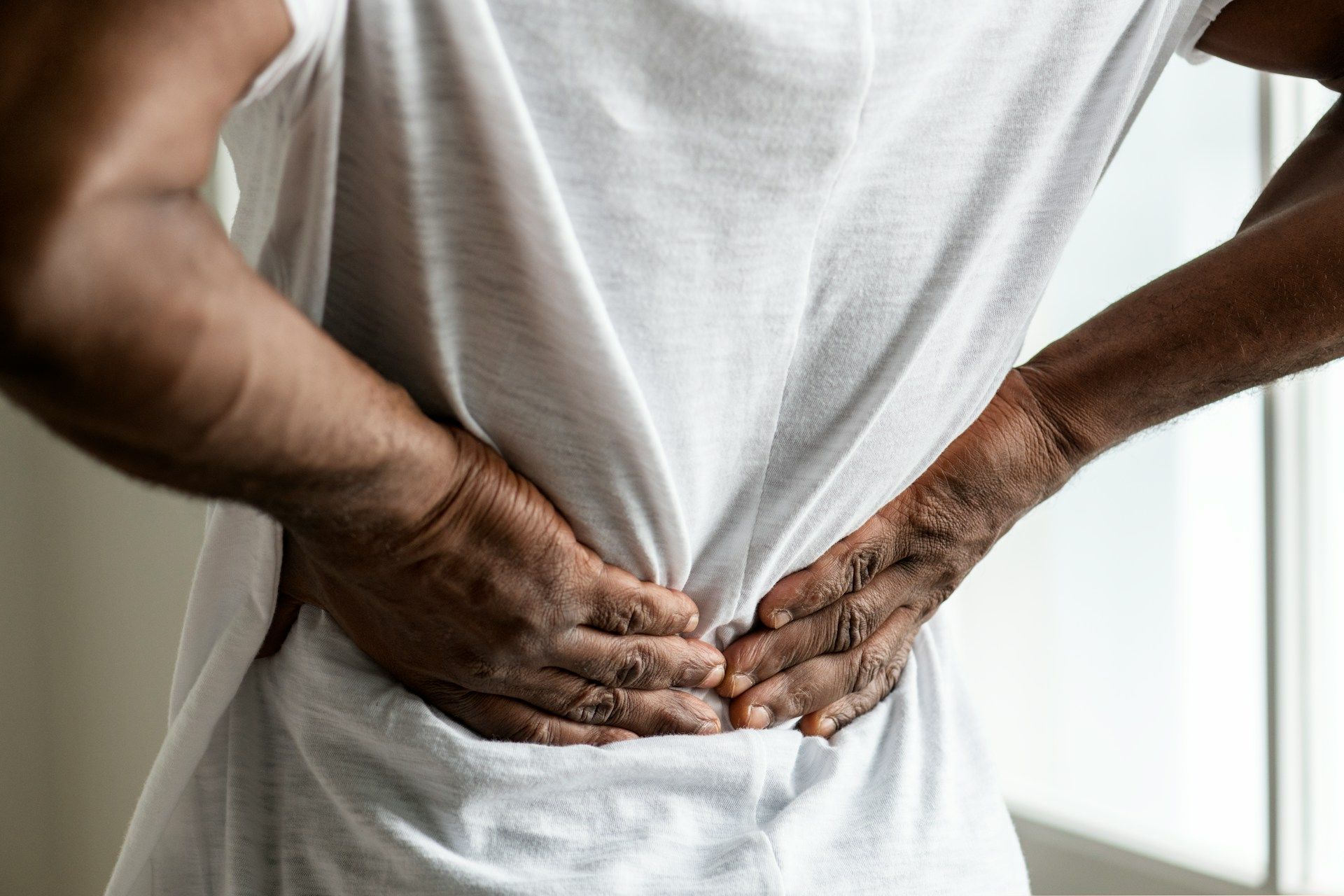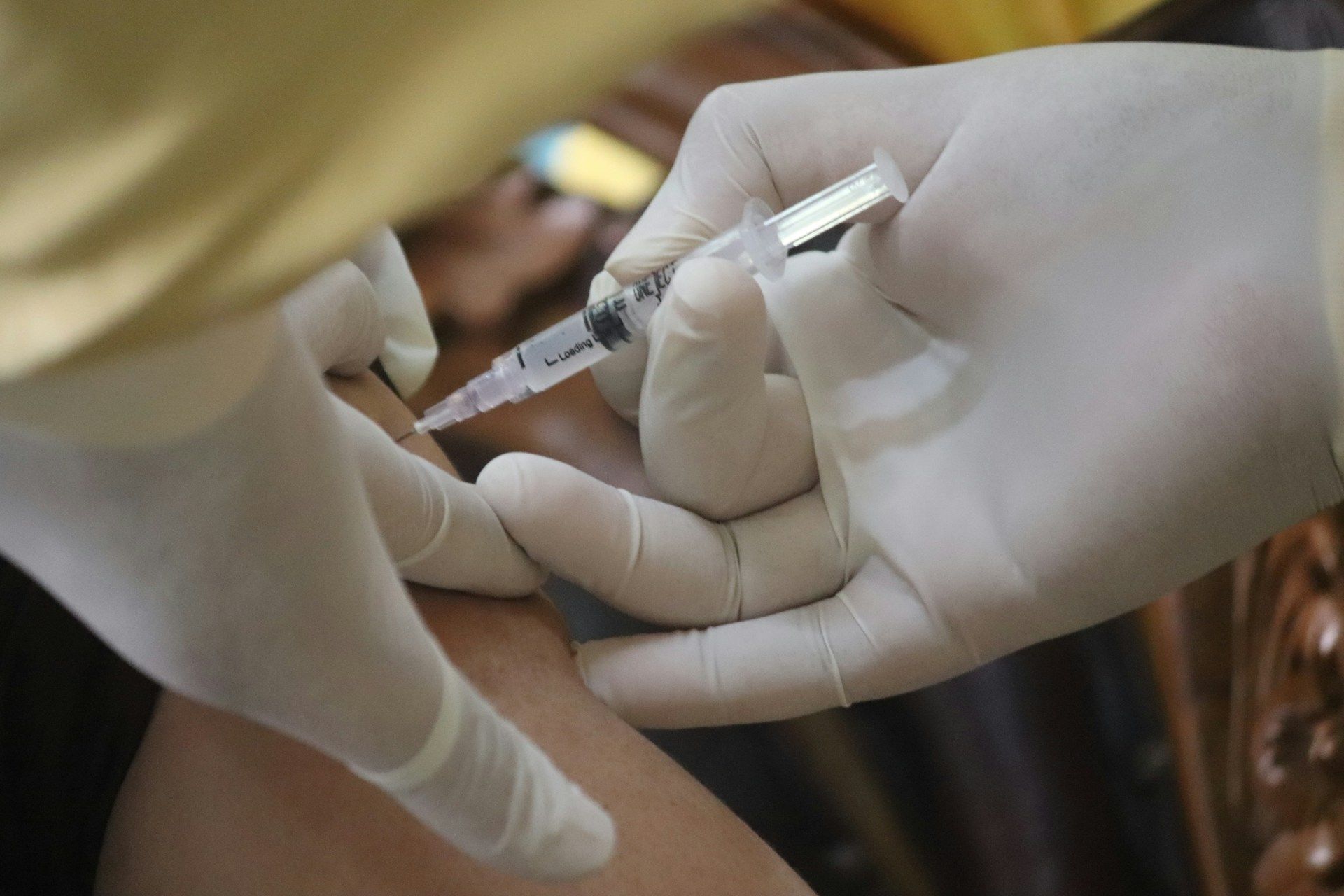Effective Arthritis Pain Relief Methods for Long-Term Comfort
Arthritis is a common condition causing pain and inflammation in the joints, affecting millions of people each year. This pain can make everyday tasks difficult, reducing the quality of life. Understanding how arthritis works can help in finding effective relief.
Arthritis pain varies in intensity and duration, often feeling like a constant ache or sharp discomfort in the joints. It can hinder movement and create a significant impact on physical activities. Knowing the cause of your arthritis pain is important for targeting the best treatment options.
There are many ways to manage arthritis pain, from lifestyle adjustments to medical treatments. Implementing the right strategies can reduce pain and improve daily living. By exploring the variety of options available, individuals can choose methods that suit their needs and effectively alleviate the discomfort associated with this condition.
Understanding Arthritis Pain: Causes and Impact
Arthritis pain stems from inflammation and wear and tear of the joints. Different types of arthritis, like osteoarthritis and rheumatoid arthritis, have unique causes and symptoms but often lead to similar pain experiences. Osteoarthritis happens when cartilage wears down over time, making movement painful. Rheumatoid arthritis is an autoimmune disorder where the body's immune system mistakenly attacks the joints.
The pain from arthritis can seriously impact daily life. It might feel like a dull ache or a sharp stabbing pain in the affected areas. As arthritis progresses, it can lead to stiffness, swelling, and reduced range of motion. This can make simple tasks difficult, such as walking, climbing stairs, or even opening a jar.
Arthritis affects more than just physical health. The condition can lead to emotional stress and contribute to feelings of frustration due to limited mobility. It's critical to acknowledge these impacts when seeking relief methods. By understanding the root causes and the extent of the effects, individuals can pursue tailored treatments to manage pain and improve their quality of life.
Lifestyle Changes for Managing Arthritis Pain
Adopting certain lifestyle changes can make a significant difference in managing arthritis pain. These alterations not only help in reducing discomfort but also in improving overall joint function and mobility.
1. Exercise Regularly: Engaging in low-impact exercises like swimming, walking, or cycling helps strengthen muscles around the joints and maintains flexibility. Aim for at least 30 minutes of activity most days of the week.
2. Maintain a Healthy Weight: Carrying excess weight adds pressure on the joints, especially in areas like the knees and hips. Losing weight can significantly relieve joint stress and reduce pain.
3. Balanced Diet: Eating a balanced diet rich in fruits, vegetables, and whole grains can reduce inflammation. Incorporating omega-3 fatty acids from fish and nuts is beneficial as well.
4. Joint Protection Techniques: Use assistive devices when needed and learn the proper techniques for lifting or bending to avoid excess strain on the joints.
5. Adequate Rest: Ensure you get enough rest and avoid overstraining the joints during activities. Balancing activity with rest helps manage pain better.
By incorporating these lifestyle changes, individuals can take charge of their arthritis management. These strategies contribute to less pain, more energy, and improved joint health, leading to a more active and fulfilling life.
Non-Medical Interventions for Pain Relief
For those coping with arthritis, non-medical interventions can provide significant relief and are often used alongside other treatments. These approaches can reduce pain and improve joint function without the use of medication.
1. Physical Therapy: Working with a physical therapist can help you learn exercises tailored to strengthen muscles and increase joint flexibility. A personalized exercise plan can enhance mobility and decrease pain over time.
2. Heat and Cold Therapy: Applying heat to stiff joints or cold packs to inflamed areas can provide temporary pain relief. Use a warm towel or an ice pack to alleviate discomfort as needed.
3. Massage Therapy: Regular massages can help reduce arthritis pain by improving circulation and decreasing muscle tension around the joints.
4. Acupuncture: This ancient Chinese practice involves inserting thin needles into specific points on the body. Some find it helpful for reducing the pain associated with arthritis.
5. Mind-Body Techniques: Practices such as yoga, tai chi, and meditation can help manage pain by calming the mind and enhancing body awareness. These activities promote relaxation and reduce stress levels, which can further relieve pain.
Exploring these interventions allows individuals to find additional pathways toward arthritis relief. Combining these techniques with lifestyle changes can lead to a more comprehensive approach to managing arthritis pain.
Medical Treatments and Their Benefits
When lifestyle changes and non-medical interventions are not enough, medical treatments can play a crucial role in managing arthritis pain. These treatments aim to reduce inflammation, alleviate pain, and maintain joint function.
- Medications: Various medications help manage arthritis symptoms. Nonsteroidal anti-inflammatory drugs (NSAIDs) reduce pain and swelling, while corticosteroids provide quick relief from inflammation. Disease-modifying antirheumatic drugs (DMARDs) are often used for rheumatoid arthritis to slow disease progression.
- Injections: Corticosteroid or hyaluronic acid injections into affected joints can provide fast and effective pain relief. They are helpful for reducing inflammation and improving movement when oral medications are insufficient.
- Regenerative Medicine: Treatments like Platelet-Rich Plasma (PRP) therapy involve injecting components from your own blood to promote healing and reduce pain in the joints.
- Surgery: In severe cases where other treatments do not relieve symptoms, surgical options like joint replacement or arthroscopy may be recommended. Surgery can restore function and greatly improve quality of life.
Medical treatments offer several benefits and can be tailored to fit individual needs. Working with a healthcare provider to explore these options can ensure you receive the most appropriate treatment for your specific condition.
Conclusion
Arthritis pain can significantly impact daily life, but various strategies can help manage and relieve symptoms. By understanding the nature of your pain and making lifestyle changes, you can tackle some of the challenges it presents. Non-medical interventions such as physical therapy and acupuncture offer additional relief and complement lifestyle modifications. When these efforts are insufficient, medical treatments provide tried and tested solutions to ease pain and enhance mobility.
For effective arthritis management, a collaborative approach is vital. At Apollo Spine and Pain Center, our team of specialists is dedicated to providing comprehensive pain management in Cumming, GA that addresses your unique needs. We work with you to develop a treatment plan that encompasses all available options. Visit our website or contact us today to learn how we can help you reclaim control over your life and reduce arthritis pain.












